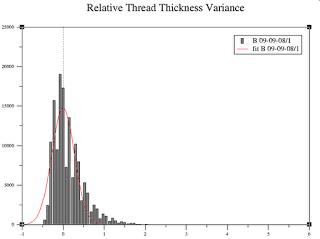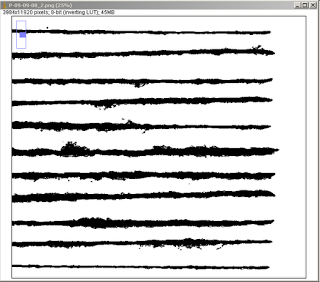Life is looking good - the taxes are all done and sent off in time, the cat is enjoying her fine-weather observation place at the window (she's still not allowed out, but will be soon), I will be able to start building my new spinning wheel on the weekend, and it has finally rained yesterday. And this time, it wasn't just a bit of rain and then heat again, no - proper ground-drenching rain, much needed by nature all around here.
And to top off all those good things, Sabine and I had a conspirative phone call yesterday and planned the programme for the Textile Forum in September. This time around, we had offers for some presentations that are about new or rarely covered and quite complex topics, so we will reserve some more time for each of them - plus we managed to sort things into something like theme days, and we are really happy with how things are working out. The programme is not all finished yet, but we hope to finalise it soon, and then we'll post it to the Forum homepage and send it round in a newsletter. Things are happening, and they are exciting!
And to top off all those good things, Sabine and I had a conspirative phone call yesterday and planned the programme for the Textile Forum in September. This time around, we had offers for some presentations that are about new or rarely covered and quite complex topics, so we will reserve some more time for each of them - plus we managed to sort things into something like theme days, and we are really happy with how things are working out. The programme is not all finished yet, but we hope to finalise it soon, and then we'll post it to the Forum homepage and send it round in a newsletter. Things are happening, and they are exciting!






